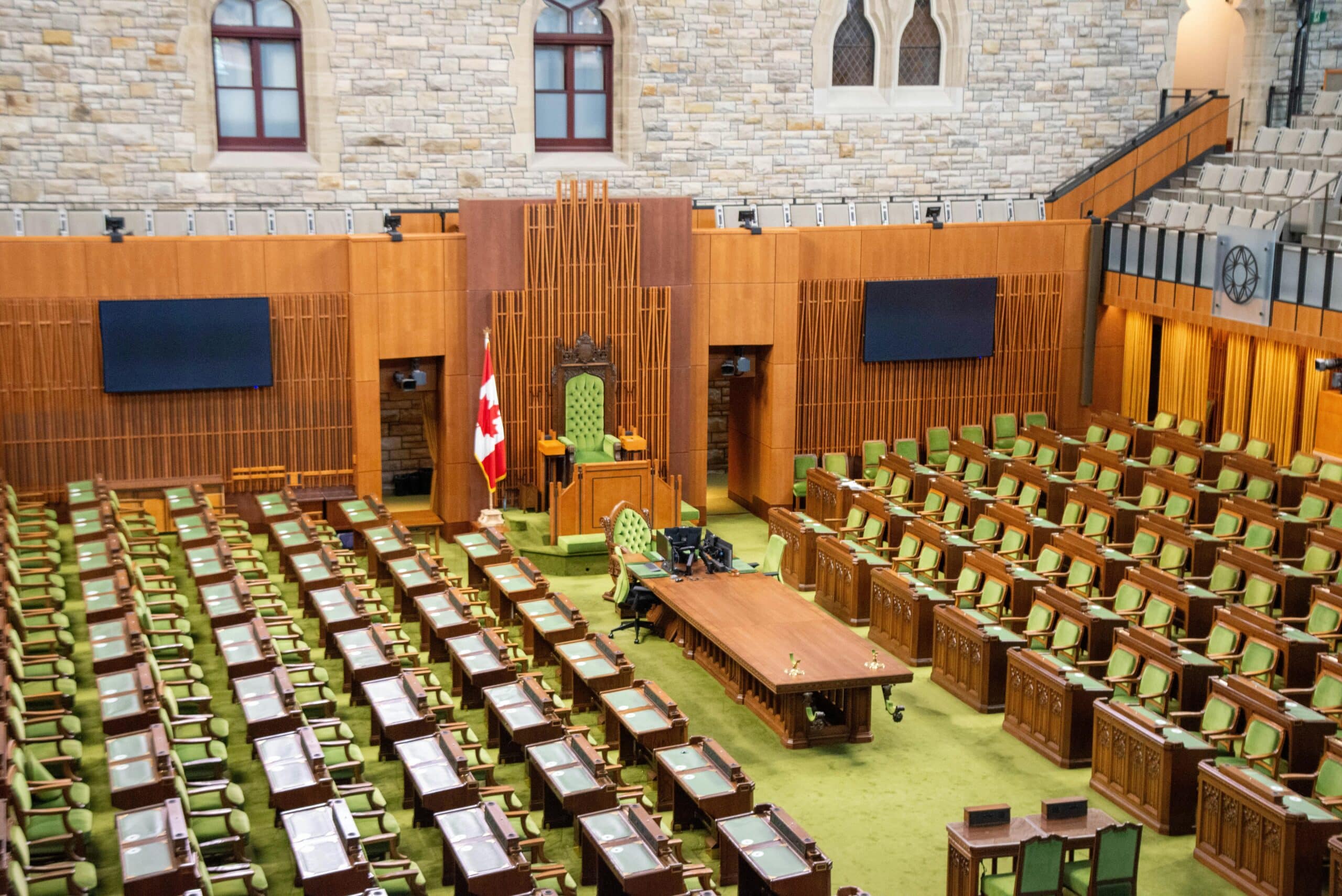Once land is owned or banked, it is not uncommon for several years to pass before it is ready for land development. Those who are new to the industry, or seasoned players looking to develop in Canada for the first time often arrive with the common misconception that this will be a quick process. In reality, nothing is farther from the truth. Planning and development is governed by the Ontario Planning Act (OPA), which is a rigorous and complex document.
The land planning process entails multiple studies, developmental planning, and acquiring permits, all the while ensuring compliance with various municipal and provincial regulations. In Ontario, those in the industry also need to be cognizant of policies in place to protect the Greenbelt, while understanding the guidelines that direct future development in certain parts of the province.
Understanding the key players
Far from a solo show, land development is a project that involves a large cast of characters, all of whom play an important role in the project. Municipal councils, the public, developers, planners, property owners and other professionals engage in discussions to shape their municipalities. Often, unexpected issues arise in the planning process as new stakeholders enter the picture.
Getting through the planning process requires patience, and a concerted effort to understand the other stakeholders’ points of view. Often, several meetings and drafts are necessary before a consensus is reached. Successful developers are also adept at negotiating to ensure that the needs of all parties are met.
It’s not uncommon for tempers to flare. But making enemies on a project is not wise, as it’s likely that the party in question will appear again at another phase of the development. As the public is often consulted in the process, it’s important to let the public know what they stand to gain in choosing to allow your development. There is give and take in this process, and it’s advisable to be proactive in clearly communicating how the municipality will benefit through your project.
Understanding zoning laws and changes
Generally speaking, zoning bylaws provide guidelines and controls for the type and use of a development. These bylaws apply to all properties within a municipality, including:
– How parcels of land can be used
– The location of buildings on a property
– Types of buildings permitted and how they can be used
– Minimum lot dimensions and sizes, building heights, minimum setbacks, and parking requirements.
Before purchasing a parcel of land, it’s critical to have an understanding of what the property is zoned for. That being said, it is possible to apply for a zoning change once the purchase is complete. Before applying for a rezone, the investor will need to confirm that the new use is allowed by the municipal plan. If not, it is possible to appeal to the Ontario Municipal Board, an independent administrative tribunal responsible for hearing appeals and overturning rulings.
In late 2016, Ontario passed legislation to expand the reach for provision of affordable housing in new residential developments. This is achieved through inclusionary zoning, and applies to both purpose-built rentals and units for sale. Today, cities have discretion to choose how their inclusionary zoning regimes will function, including how many affordable units need to be provided, and how the municipality will offset the costs to developers. There are a few restrictions on inclusionary zoning, for instance, it can only apply to developments with more than 10 units.
When considering zoning restrictions, it’s wise to always have a backup plan in mind. If your intended zoning falls through, you’ll still have another use in mind for the property.
Understanding the environmental implications
In land planning, the environmental considerations should always be front of mind. Given that climate change is such a hot button topic, to ensure the success of your project, you’ll want to build the strategy on a foundation of environmental sustainability.
“As scarcity of land in the GTA increases, more and more often developers will pursue development opportunities adjacent to environmental features. Natural features should be taken into consideration during the land acquisition phase given their serious implications to project feasibility. Most Conservation Authorities offer interactive search engines on their websites to identify regulated features on or near the property in question. These search engines are a great place to begin determining whether or not your project requires further environmental consideration.” Russel Mailloux of Aplin & Martin Consultants Ltd.
Increasingly, municipalities are integrating environmental issues into their plans, requiring more stringent storm water and servicing analyses in developing approvals for residential developments. Some municipalities now require reports to identify impacts from extreme weather events, having raised the standard for approval to include eventualities that plan for the “new normal” of climate change-related extreme weather.
Land developers are expected to understand the importance of preserving natural landscapes, and protecting valuable natural resources. Further, developers are expected to support the protection of cultural heritage, water, air, and certain lands within the context of zoning and development.
The province of Ontario does not permit development within environmental features, and for a development to occur adjacent to one, the developer will need to demonstrate that the project will not negatively impact the feature. Environmental features include:
– Floodplains
– Beach bluffs
– Significant woodlands
– Wetlands
– Fish habitats
– Valleylands
Not only does the province prioritize environmental wellbeing, but they also understand that to conserve land and resources avoids costly remedial measures down the road.
Land development and sale
The final phase of the land development process is perhaps the most exciting, and certainly the most profitable. Once the purchase has been made, and the land has been banked, planned, zoned, and/or developed, developers can begin the process of listing the property on the market.
In the final blog in our 3-part land development series, we’re going to be discussing the risks that arise during the final stages, and sharing our tips for maximizing profit. To speak with one of our real estate professionals about how your project can enhance profitability, contact the Zeifmans team today.
Suggested supplemental insights:
Is land banking an effective investment strategy? Part 1 in a 3-part land development series
Developing a property? Here’s what you need to know at every stage.
Hitting it out of the (Development) park – Issues for emerging real estate players



